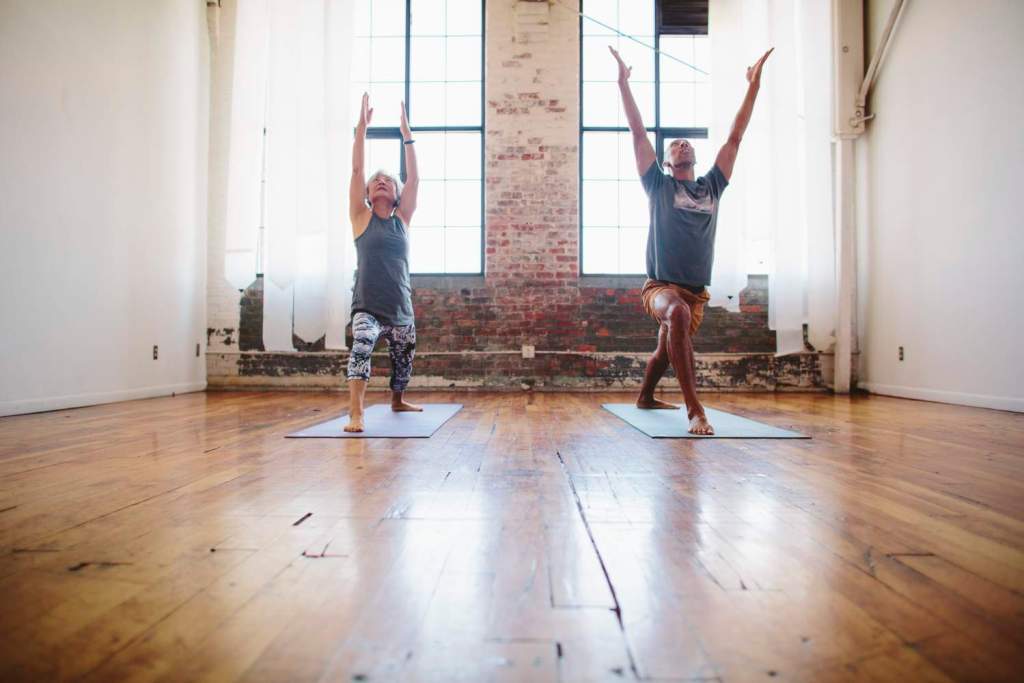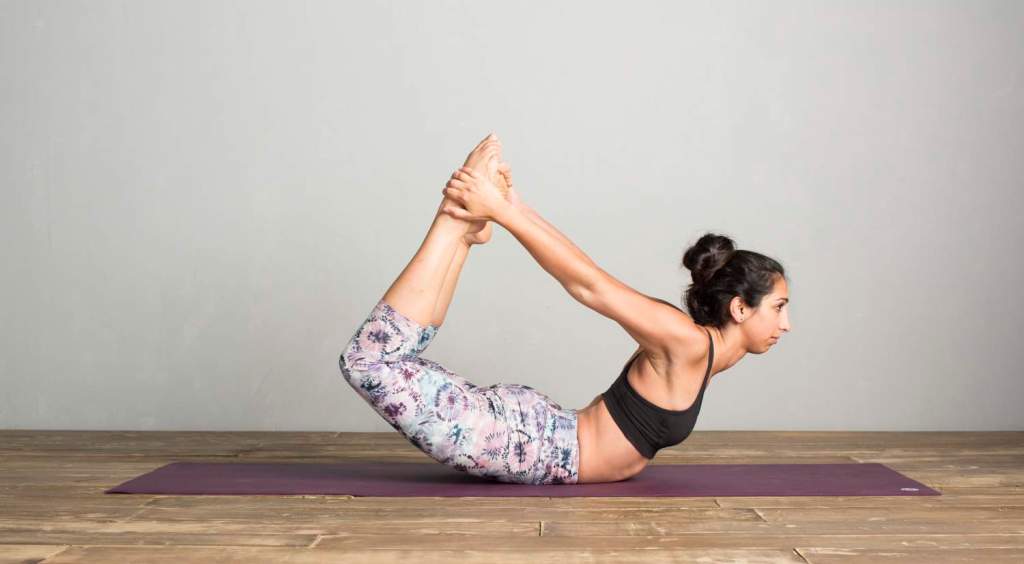Yoga culture can be daunting. There seem to be unspoken rules, strange words and lots of spandex. We sat down with REI yoga teacher, Kat Ochabova, for a few tips that will help you prepare for your first class so you’ll feel relaxed and comfortable.
She started the conversation with a pep talk: “It’s intimidating. When you look at how Western yoga is marketed, it’s perfect models in the perfect clothes in the perfect handstand. A real yoga class is not like the cover of a magazine—it’s where people of all kinds of shapes come to practice.”
1. Pick your class.
It can take a while to find a studio and yoga style that’s right for you, so don’t be discouraged. If there is a studio near you, introduce yourself and find out what class they recommend for beginners. Kat says, “If you try a class that you don’t love and you’re still curious, try another one!”
2. Embrace curiosity.
Hardly anyone, despite how knowledgeable they look, knows exactly what is going on in class. Having an attitude of openness and curiosity serves well. If you’re confused, watch the instructor’s demonstration and other students. Challenge yourself, but respect your body’s limits. There isn’t an ultimate goal in yoga, there is only room for growth. Kat told us, “No one is perfect at yoga, no one is better than anyone else and no one looks at you to judge you.”

3. Know child’s pose before you go.
The one move you should know before class is simple: Kneel on the ground, touch your big toes together, separate your knees as wide as your hips and lay your torso between your thighs. This is the pose to use if you need a break. “If you need a break, take child’s pose, have a seat or lie down,” explains Kat. You’re welcome to rest anytime.
4. Arrive early.
There is nothing worse than coming late to your first class. Kat suggests arriving twenty minutes early to make sure you have time to fill out a waiver, pay, change, gather your mat and props and find a place in the studio. It also gives you time to introduce yourself to the instructor and mention any injuries you have that might keep you from doing certain poses.
5. Dress comfortably.
While Kat did say, “there’s nothing you need to do to prepare,” you do want to bring water and wear comfortable clothes. If you’re taking a hot yoga class, bring a yoga towel and perhaps a water bottle filled with ice to place against your forehead or neck, and call ahead for other tips. Many studios will let you rent mats, but won’t have yoga towels to keep you from slipping around as you sweat.
6. Make space for the peace and quiet.
If you have your electronics with you in the studio, be sure to turn them to silent (or off altogether). A buzzing phone will definitely be noticed in a quiet yoga studio. You’ll also want to keep talk to a minimum to respect the instructor and the rest of the class.
7. Foster body awareness.
Being aware of your body is one of the missions of yoga. Strengthen this skill before, during and after class. Stagger your mat with others’ to allow everyone in the space to see the instructor. Be sure to mind your scent as strong deodorants or perfumes could disrupt other people’s practice.

8. Keep yourself injury-free.
Most instructors ask at the beginning of class if anyone has any injuries they should be aware of. As we mentioned earlier, that’s a good time to tell your instructor about any pain you’re experiencing. On the flip side, if you feel you can do so safely, try to follow along as best you can. Doing your own flow in class can be distracting to the rest of the room.
9. Enjoy savasana.
The last pose of the class is called savasana. “If you need to leave early, let the teacher know before class so they can give you a heads-up before savasana begins,” Kat suggests. This pose is when you lie on your back, close your eyes and focus on your breath. It’s a time to relax and get a little reprieve from a very busy world. Your instructor will tell you when it is done, so just quietly rest and reflect.
10. Clean up.
Most studios have little spray bottles of disinfectant near the exit. Grab one and spray your mat post-practice. Put away your mat if it isn’t your own, and neatly place all props wherever you found them. If you help stack blocks and fold blankets, you’ll save the instructor a lot of time after class.
Parting words? Kat says, most importantly, “Be patient with yourself. We all aspire to be a certain way, and those things take time. It’s harder to get there when you’re hard on yourself. Try to be lighthearted and have a good time. It’s not serious.”
Yoga can be so rewarding. I hope you’re feeling more confident so you can truly enjoy your practice.
